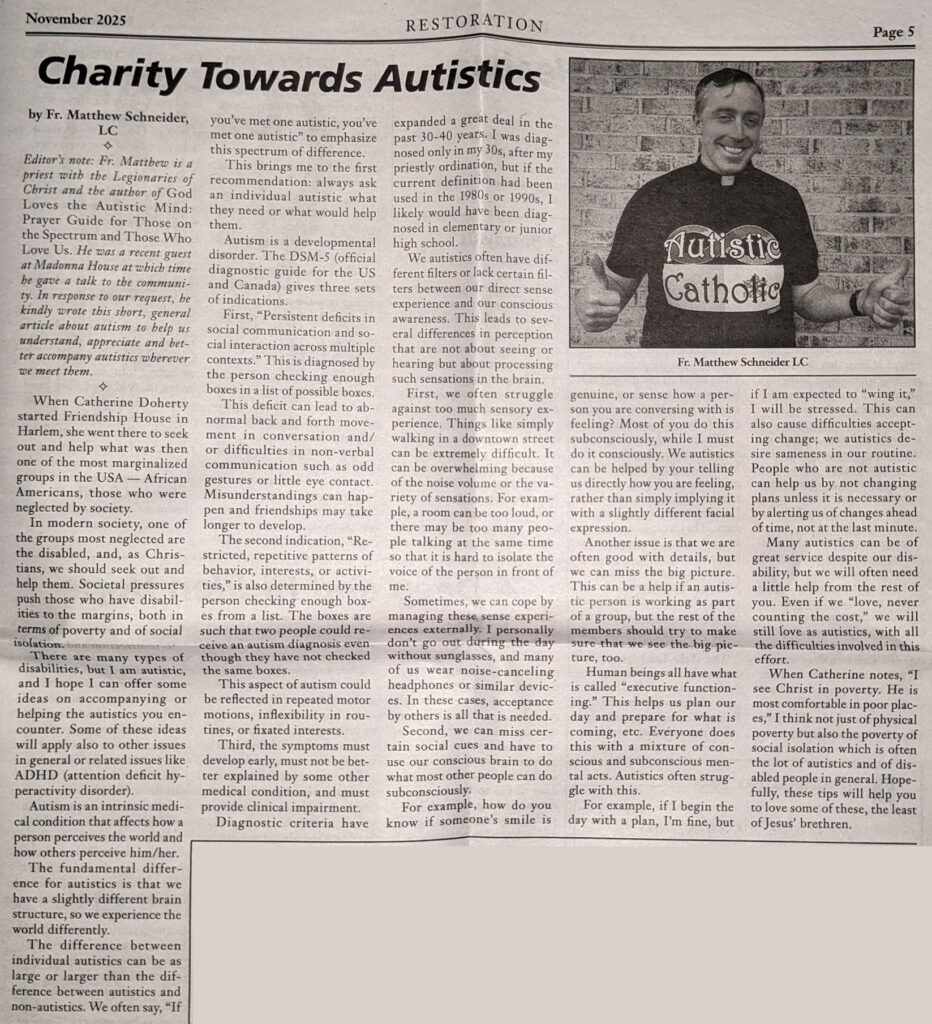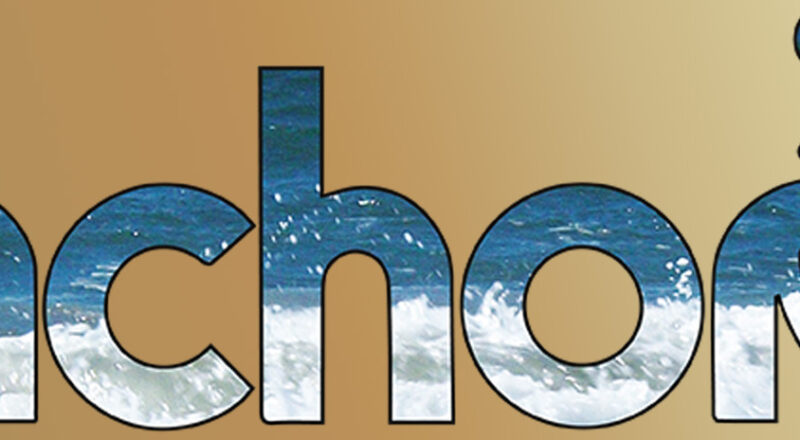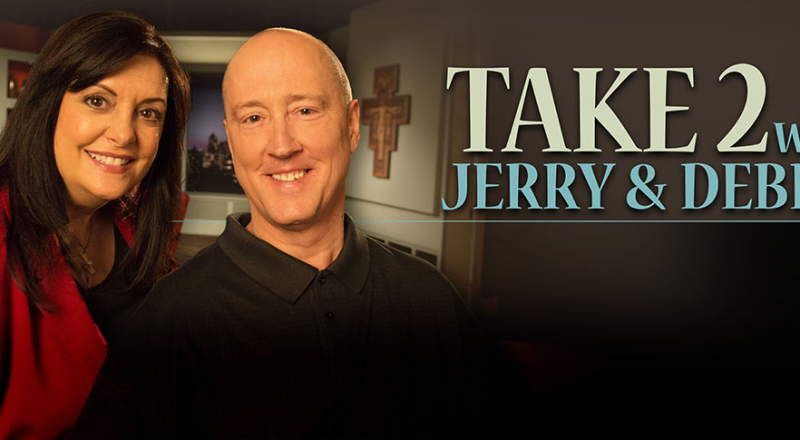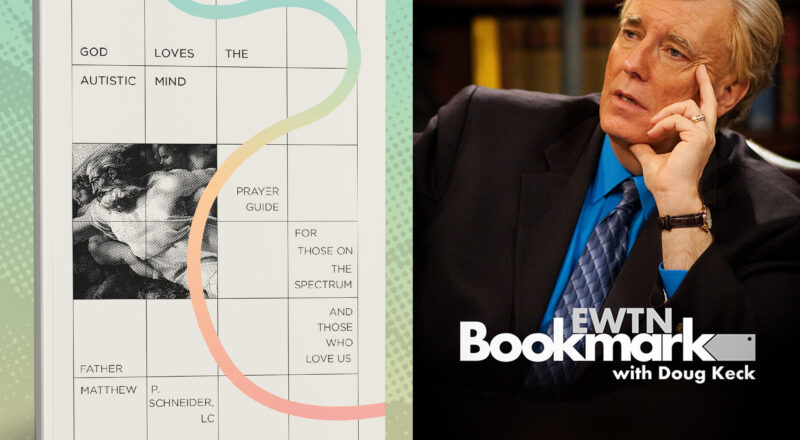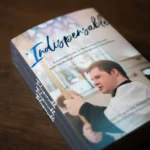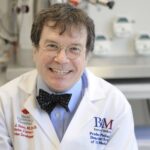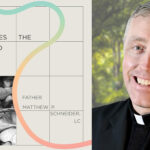Note: This appeared in the November print edition of Restoration, a publication of Madonna House. I had given a talk to the community on autism in consecrated life in August, and they asked me for something like this. You can subscribe to Restoration for $10 a year: I recommend it. Update: It was posted to the Maddona House website about 2 weeks after I posted it here.
When Catherine Doherty [founder of Madonna House] started Friendship House in Harlem, she went there to seek out and help what was then one of the most marginalized groups in the USA — African Americans, those who were neglected by society.
In modern society, one of the groups most neglected are the disabled, and, as Christians, we should seek out and help them. Societal pressures push those who have disabilities to the margins, both in terms of poverty and of social isolation.
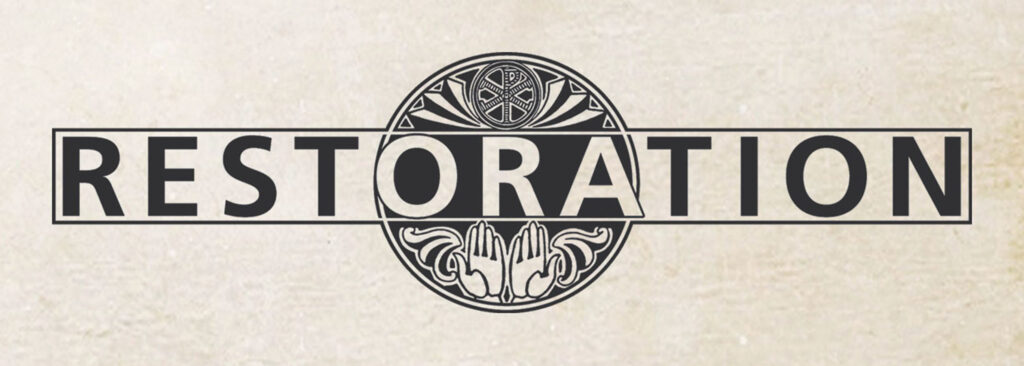
There are many types of disabilities, but I am autistic, and I hope I can offer some ideas on accompanying or helping the autistics you encounter. Some of these ideas will apply also to other issues in general or related issues like ADHD (attention deficit hyperactivity disorder).
Autism is an intrinsic medical condition that affects how a person perceives the world and how others perceive him/her.
The fundamental difference for autistics is that we have a slightly different brain structure, so we experience the world differently. The difference between individual autistics can be as large or larger than the difference between autistics and non-autistics. We often say, “If you’ve met one autistic, you’ve met one autistic” to emphasize this spectrum of difference.
This brings me to the first recommendation: always ask an individual autistic what they need or what would help them.
Autism is a developmental disorder. The DSM-5 (official diagnostic guide for the US and Canada) gives three sets of indications. First, “Persistent deficits in social communication and social interaction across multiple contexts.” This is diagnosed by the person checking enough boxes in a list of possible boxes. This deficit can lead to abnormal back and forth movement in conversation and/or difficulties in non-verbal communication such as odd gestures or little eye contact. Misunderstandings can happen and friendships may take longer to develop.
The second indication, “Restricted, repetitive patterns of behavior, interests, or activities,” is also determined by the person checking enough boxes from a list. The boxes are such that two people could receive an autism diagnosis even though they have not checked the same boxes.
This aspect of autism could be reflected in repeated motor motions and/or inflexibility in routines or fixated interests.
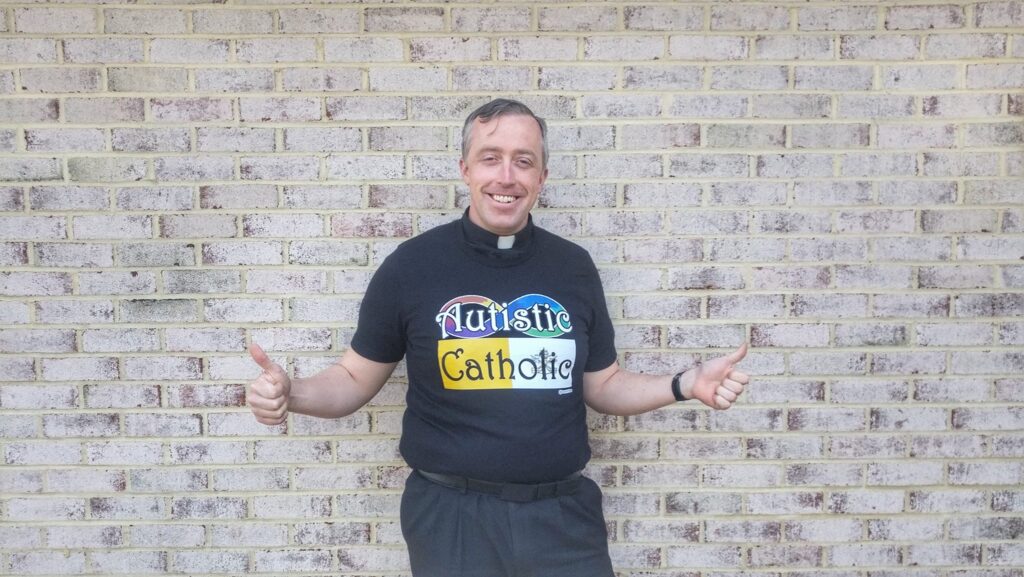
Third, the symptoms must develop early, must not be better explained by some other medical condition, and must provide clinical impairment.
Diagnostic criteria have expanded a great deal in the past 30-40 years. I was diagnosed only in my 30s, after my priestly ordination, but if the current definition had been used in the 1980s or 1990s, I likely would have been diagnosed in elementary or junior high school.
We autistics often have different filters or lack certain filters between our direct sense experience and our conscious awareness. This leads to several differences in perception that are not about seeing or hearing but about processing such sensations in the brain.
First, we often struggle against too much sensory experience; things like simply walking in a downtown street can be extremely difficult. This can be overwhelming because of the noise volume or the variety of sensations. For example, a room can be too loud, or there may be too many people talking at the same time so that it is hard to isolate the voice of the person in front of me.
Sometimes, we can cope with this by managing these sense experiences externally. I personally don’t go out during the day without sunglasses, and many of us wear noise-canceling headphones or similar devices. In these cases, acceptance by others is all that is needed.
Second, we can miss certain social cues and have to use our conscious brain to do what most other people can do subconsciously. For example, how do you know if someone’s smile is genuine, or sense how a person you are conversing with is feeling? Most of you do this subconsciously while I must do it consciously. We autistics can be helped by your telling us more directly how you are feeling, rather than simply implying it with a slightly different facial expression.
Another issue is that we are often good with details, but we can miss the big picture. This can be a help if an autistic person is working as part of a group, but the rest of the members should try to make sure that we see the big picture, too.
Human beings all have what is called “executive functioning.” This helps us plan our day and prepare for what is coming, etc. Everyone does this with a mixture of conscious and subconscious mental acts. Autistics often struggle with this. For example, if I begin the day with a plan, I’m fine, but if I am expected to “wing it,” I will be stressed. This can also cause difficulties accepting change; we autistics desire sameness in our routine. People who are not autistic can help us by not changing plans unless it is necessary or by alerting us of changes ahead of time, not at the last minute.
Many autistics can be of great service despite our disability, but we will often need a little help from the rest of you. Even if we “love, never counting the cost,” we will still love as autistics, with all the difficulties involved in this effort.
When Catherine [Doherty] notes, “I see Christ in poverty. He is most comfortable in poor places,” I think not just of physical poverty but also the poverty of social isolation which is often the lot of autistics and of disabled people in general. Hopefully, these tips will help you to love some of these, the least of Jesus’ brethren.
Update: This was also posted to the Maddona House website about 2 weeks after I posted it here.
